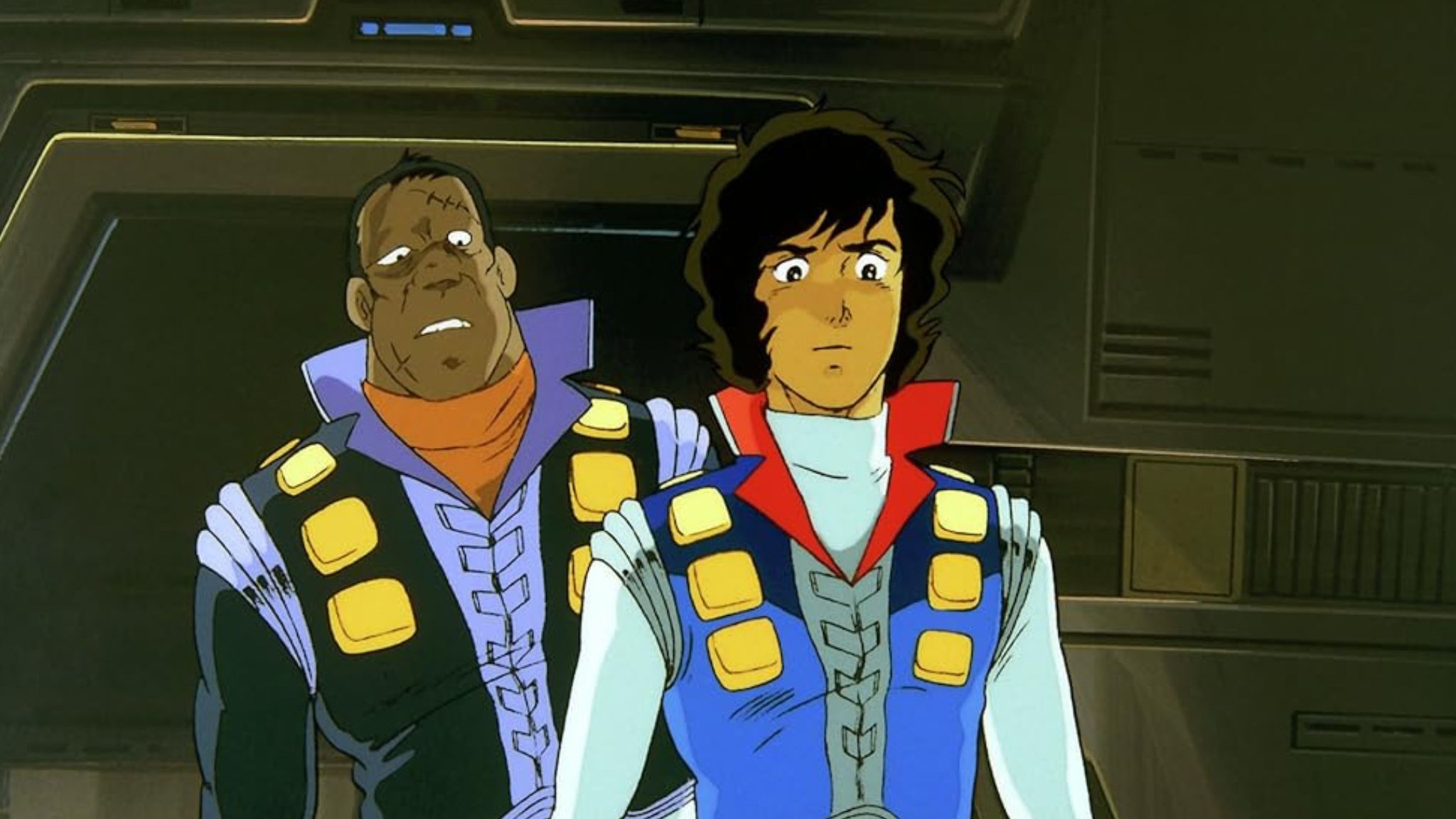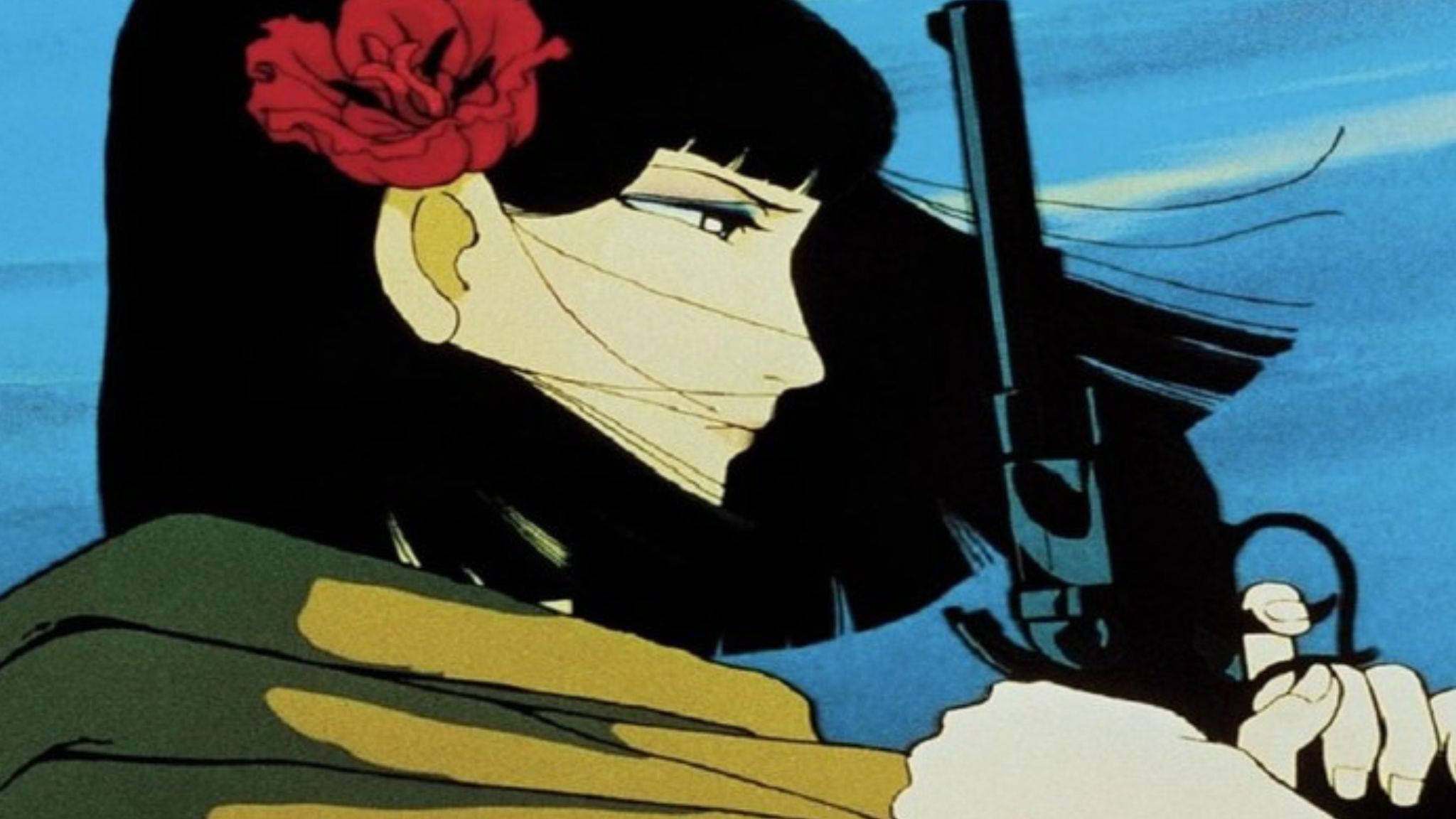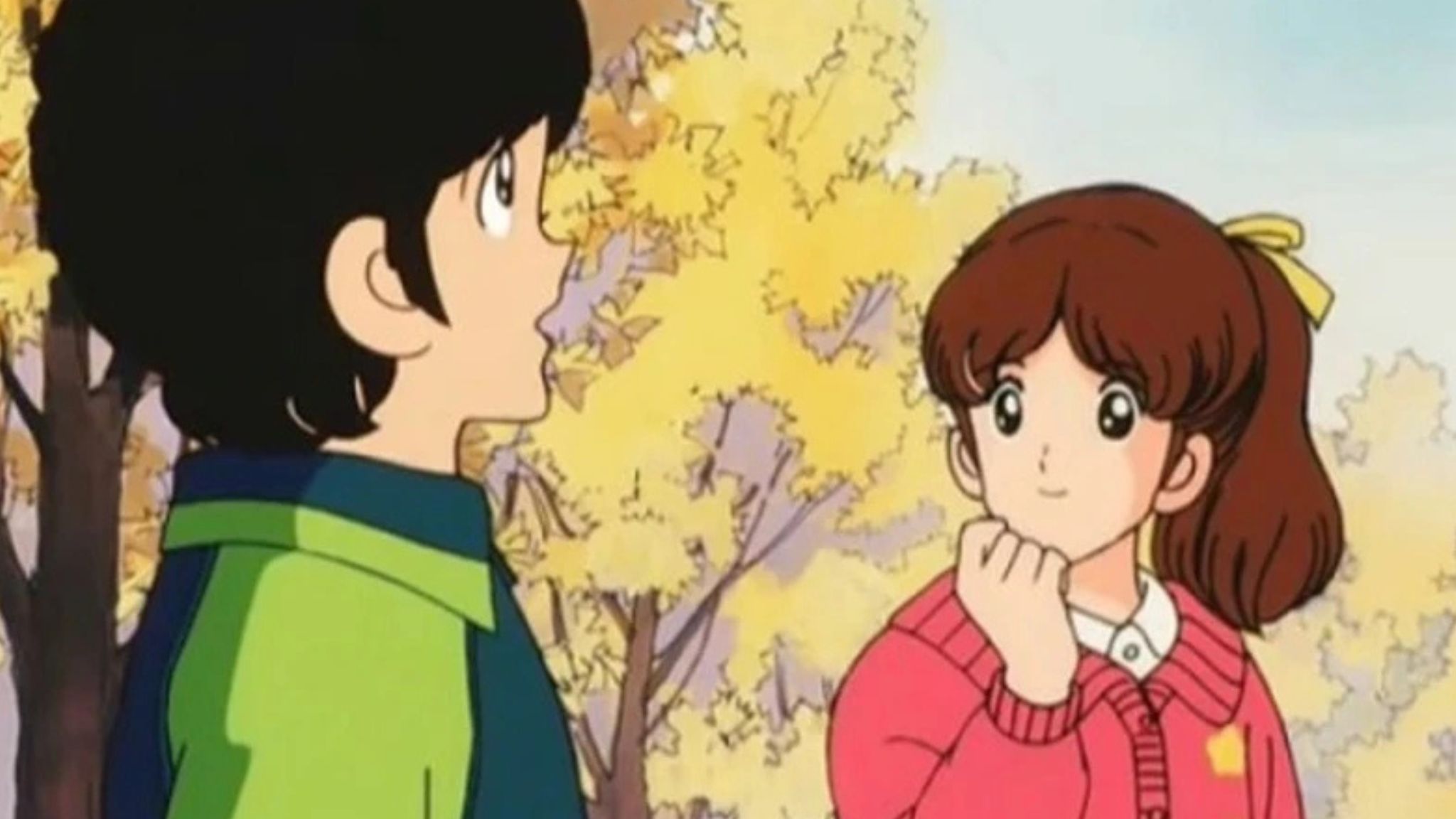
Many people fondly remember the 1980s as anime’s peak, the time when classics like Akira, Macross, and Gundam first appeared and became popular around the world. However, this nostalgia often makes us forget that our memories aren’t always complete or accurate.
Many beloved classics achieved fame, but countless other films and series were quickly forgotten. Before the age of online fan communities and streaming recommendations, a film’s success depended more on good timing and distribution than on its actual quality. Some movies were heavily promoted by studios hoping to make a global hit, but didn’t hold up over time, while other, more subtle and well-crafted stories remained largely unknown outside of Japan.
7. Locke the Superman

Locke the Superman centers around Locke, a character with immense psychic abilities and who doesn’t age. The anime is set far in the future, amidst galactic politics, and follows Locke’s efforts to live a peaceful life, which are constantly disrupted by conflicts that reveal humanity’s fears. It’s a thoughtful and emotionally rich take on the ‘superman’ concept, unusual for anime of that era. While it didn’t achieve widespread international popularity, it’s become a bit of a hidden gem for English-speaking viewers. However, its focus on internal struggles and deeper themes might not satisfy those seeking simple action or pure entertainment.
6. Crusher Joe

Directed by Yoshikazu Yasuhiko, known for his work on Mobile Suit Gundam, Crusher Joe is a thrilling sci-fi anime movie. It follows Joe and his team of “Crushers,” who are essentially freelance problem-solvers taking on the most dangerous missions in the galaxy. While it later inspired a couple of short-form series, Crusher Joe originally stood alone as a film. It didn’t receive much attention outside of Japan, especially compared to other anime of the time. One reason for this might be its lighthearted, action-packed style – it’s more of a fun adventure than a thought-provoking story like Akira or Space Runaway Ideon. But that’s actually part of what makes it so enjoyable – it’s a smart, energetic experience that doesn’t take itself too seriously.
5. Sea Prince and the Fire Child

The animated film Sea Prince and the Fire Child follows Prince Sirius of the Sea Kingdom and Princess Malta of the Fire Kingdom, whose love for each other causes conflict between their people. Despite being created by Sanrio—the company known for Hello Kitty—this movie is surprisingly different from their typical cheerful content. Unfortunately, Sea Prince and the Fire Child didn’t receive much support for international release, and the English dub was difficult to find and of varying quality, eventually becoming lost to old VHS tapes.
4. Night on the Galactic Railroad

Inspired by Kenji Miyazawa’s beloved 1934 novel, Night on the Galactic Railroad presents a unique world populated by cats instead of people. The story follows Giovanni, a lonely and impoverished boy, who embarks on a mysterious journey aboard a silver train that travels across the stars with his friend, Campanella. Throughout their travels through the constellations and encounters with departed spirits, Giovanni grapples with themes of love, selflessness, and the fleeting nature of life. This anime isn’t about providing answers; it’s designed to make you think. It’s a rewarding experience for those who are patient and open to emotion, a work of art that asks to be felt rather than understood. Ultimately, Night on the Galactic Railroad is a deeply meaningful and often overlooked masterpiece of the 1980s.
3. Area 88

I’m a huge anime fan, and there are some series that just get to you on a really deep level – not with flashy robots or magic, but with the sheer desperation of being human. For me, Area 88 from 1985 is one of the best at that. It follows Shin Kazama, a young pilot who’s basically conned into becoming a mercenary in this made-up Middle Eastern country. The terrible part? He’s stuck there for three years unless he dies in combat or can somehow scrape together an insane amount of money to buy his way out! It’s this brutal place, nicknamed the ‘air base of the damned,’ and watching Shin try to stay true to himself as the war chips away at everything he believes in is just…powerful. It never got the same huge marketing push as something like Gundam, and being released as a series of three theatrical episodes meant it didn’t reach a massive audience outside of Japan, which is a real shame.
2. Dagger of Kamui

The anime Dagger of Kamui follows Jiro, an orphan wrongly blamed for his family’s death. He becomes an assassin to find the real killers and take control of his life, leading him on a journey from Japan to the American West. However, Dagger of Kamui was difficult to promote because it was long, complex, and didn’t fit typical anime marketing. Its lengthy runtime and intricate plot about revenge were too much for most viewers, and its mature themes and violence didn’t appeal to younger audiences. By the time anime fans were ready for more sophisticated stories, Kamui had largely been forgotten.
1. Touch

At first glance, Touch seems like a typical, feel-good high school baseball anime – the kind Japan is known for. But it quickly becomes clear that it’s a surprisingly realistic and relatable story about life, not just sports. Touch isn’t really about baseball at all; it’s about the complexities of growing up, unrequited love, and the lasting impact of our decisions. This emotional depth is what makes it a hidden gem, and it’s surprising that it hasn’t gained more recognition outside of Japan. In the 80s and 90s, Western audiences tended to prefer more action-packed anime, but series like Clannad, March Comes in Like a Lion, and Cross Game later proved that emotionally honest storytelling can be just as captivating.
What do you think? Leave a comment below and join the conversation now in the ComicBook Forum!
Read More
- The Most Jaw-Dropping Pop Culture Moments of 2025 Revealed
- 3 PS Plus Extra, Premium Games for December 2025 Leaked Early
- Where Winds Meet: Best Weapon Combinations
- Hazbin Hotel season 3 release date speculation and latest news
- Best Controller Settings for ARC Raiders
- TikToker Madeleine White Marries Andrew Fedyk: See Her Wedding Dress
- Ashes of Creation Rogue Guide for Beginners
- Where Winds Meet: How To Defeat Shadow Puppeteer (Boss Guide)
- Superman’s Breakout Star Is Part of Another Major Superhero Franchise
- Jim Ward, Voice of Ratchet & Clank’s Captain Qwark, Has Passed Away
2025-10-29 21:15